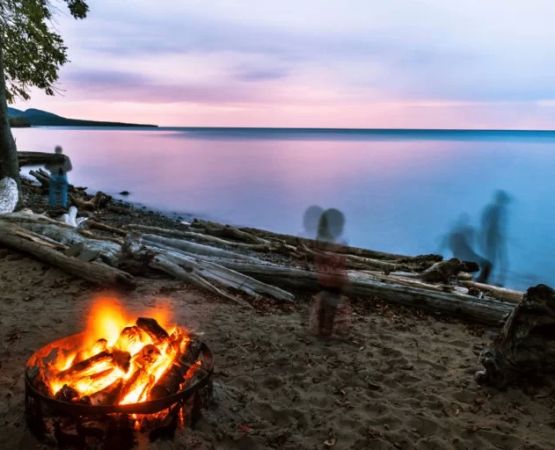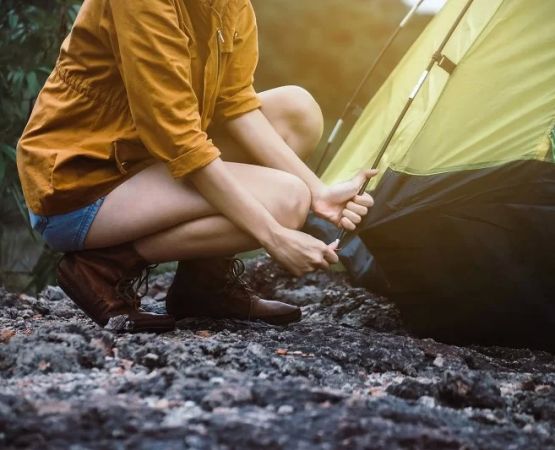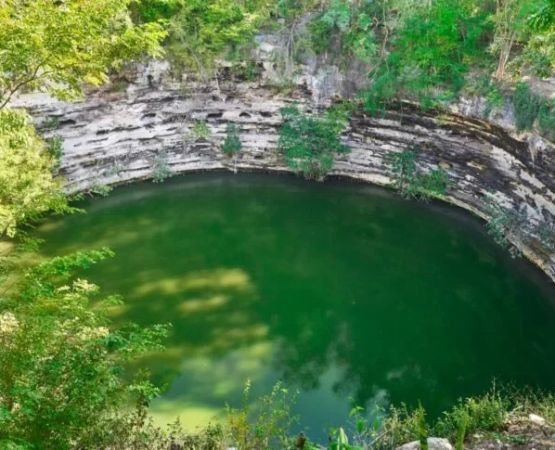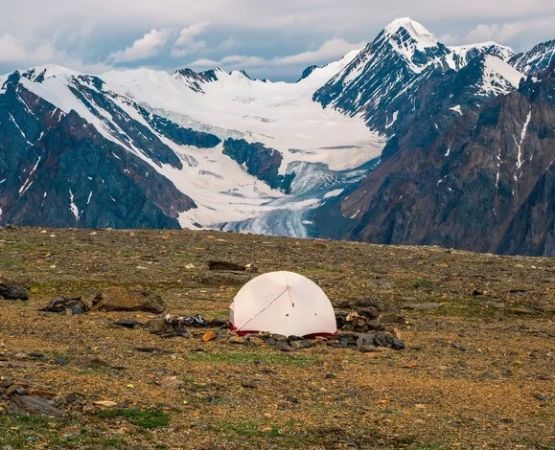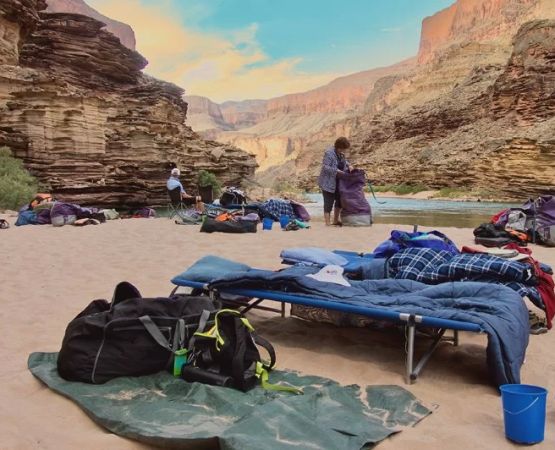- understanding-plateau-valley-crest-zones
- preparing-for-your-camping-trip
- essential-gear-and-supplies
- safety-tips-for-high-altitude-camping
- best-practices-for-environmental-preservation
- experience-authentic-mountain-comfort-with-pine-cliff-resort
1. Understanding Plateau Valley Crest Zones
Camping in Plateau Valley Crest zones offers an experience unlike any other. These areas combine the serenity of high-altitude plateaus with panoramic valley views that stretch for miles. The geography is unique—rising gently from lush lowlands into breezy crests, where weather and terrain can shift dramatically within hours. This combination of beauty and unpredictability is what draws adventurers and nature lovers alike.
However, understanding the land is crucial before you pitch your tent. Plateau zones typically have thinner air, colder nights, and rapidly changing temperatures. Wildlife may be more active at dusk, and water sources may be spread out. Learning the characteristics of the environment will help you plan effectively, ensuring your safety while preserving the natural harmony of the area.
2. Preparing for Your Camping Trip
Proper preparation is the cornerstone of any successful highland camping trip. Because of the elevation and rugged terrain in Plateau Valley Crest regions, preparation requires both physical readiness and logistical planning. Start by researching your chosen site—weather forecasts, access roads, and available amenities such as rest areas or fire rings.
2.1 Physical Conditioning
At higher altitudes, oxygen levels drop, which can affect endurance and breathing. Begin preparing a few weeks before your trip by engaging in aerobic activities like hiking or cycling to improve cardiovascular health. Hydration and balanced nutrition are equally important; altitude sickness often stems from dehydration and overexertion.
2.2 Planning Your Route and Permits
Many plateau regions require permits for camping, particularly those within national or state parks. Always check regulations ahead of time and secure any required documentation. Mark your route clearly and share your itinerary with someone back home. Having a backup plan in case of road closures or weather changes can make all the difference.
3. Essential Gear and Supplies
When camping in Plateau Valley Crest zones, your gear should strike a balance between durability and adaptability. Because conditions can range from sunny afternoons to freezing nights, multi-layered preparation is key.
3.1 Shelter and Sleeping Gear
Choose a four-season tent that can withstand high winds and fluctuating temperatures. A thermal sleeping bag rated for below-freezing conditions will help you sleep comfortably even when the temperature drops overnight. A sleeping pad with proper insulation prevents heat loss through the ground.
3.2 Cooking and Hydration
Bring a compact stove that performs well at high altitudes, as water boils at a lower temperature above sea level. Always carry purification tablets or a filtration device—water sources in crest zones may appear clear but can contain microscopic contaminants. Plan your meals around calorie-dense foods like nuts, grains, and dehydrated packs to conserve energy without adding excessive weight.
3.3 Clothing and Layering
Layering is the golden rule of mountain camping. Start with moisture-wicking base layers, add thermal insulation, and finish with a windproof and waterproof outer shell. Gloves, hats, and wool socks are small but essential details that significantly improve comfort in chilly crest winds.
4. Safety Tips for High-Altitude Camping
High-altitude environments are breathtaking but demanding. It’s easy to underestimate the physical strain or weather unpredictability of these areas. Prioritize safety by taking proactive measures before and during your stay.
4.1 Acclimatize Gradually
When ascending to higher altitudes, give your body time to adjust. Spend a day or two camping at mid-elevation before heading to the crest. This prevents altitude sickness and allows you to enjoy your adventure without fatigue or nausea.
4.2 Monitor Weather Conditions
Weather can change suddenly in plateau zones. Clear mornings can turn into windy storms within hours. Carry a reliable weather radio or a satellite-based forecast device, and avoid camping in exposed ridges during storm forecasts. Lightning is particularly dangerous at high elevations.
4.3 Emergency Preparedness
Always carry a first-aid kit, an emergency whistle, and a flashlight with spare batteries. For remote zones, a personal locator beacon or satellite phone can be a life-saving tool in case of isolation or medical emergencies. Know your nearest ranger station or rescue contact before you set out.
5. Best Practices for Environmental Preservation
Plateau Valley Crest ecosystems are delicate. Preserving them ensures that future generations can experience their raw beauty. Follow the “Leave No Trace” principle—pack out everything you bring in, including food waste and plastics. Use biodegradable soaps and minimize campfire impact by using existing fire rings.
Respecting wildlife is also crucial. Keep a safe distance from animals and store food securely to avoid attracting them. Remember, in crest zones, even a small disruption can have long-lasting effects on fragile alpine flora and fauna.
6. Experience Authentic Mountain Comfort with Pine Cliff Resort
If you’re planning a trip to the Plateau Valley Crest and want the perfect balance between rugged adventure and comfort, Pine Cliff Resort offers just that. With its proximity to several high-elevation trails and crest viewpoints, it serves as an ideal base for campers who enjoy both exploration and relaxation.
At Pine Cliff Resort, guests can access gear rentals, guided tours, and detailed local trail maps. The resort also provides insights on safe camping practices, helping travelers adapt to the unpredictable crest climate. Whether you’re a seasoned backpacker or a weekend explorer, Pine Cliff Resort ensures that your Plateau Valley experience is as memorable as it is responsible.
Camping in the Plateau Valley Crest zones is more than a recreational pursuit—it’s a reconnection with nature’s most untamed forms. With the right preparation, gear, and respect for the land, you’ll find that these mountain plateaus offer not just adventure, but a sense of renewal that stays with you long after the journey ends.


